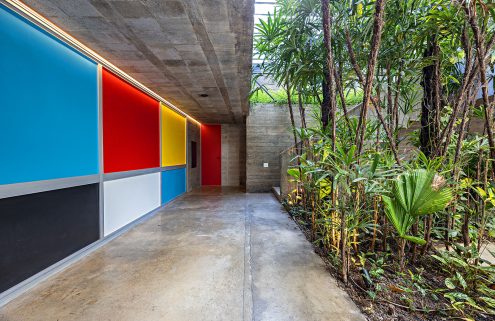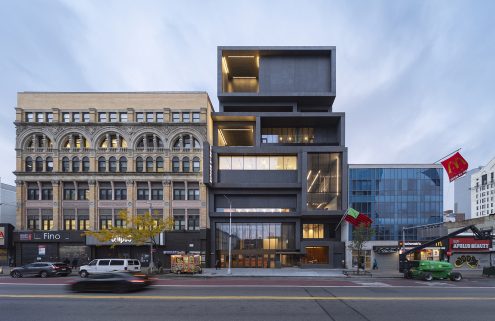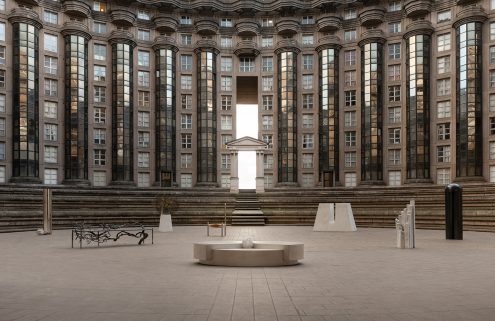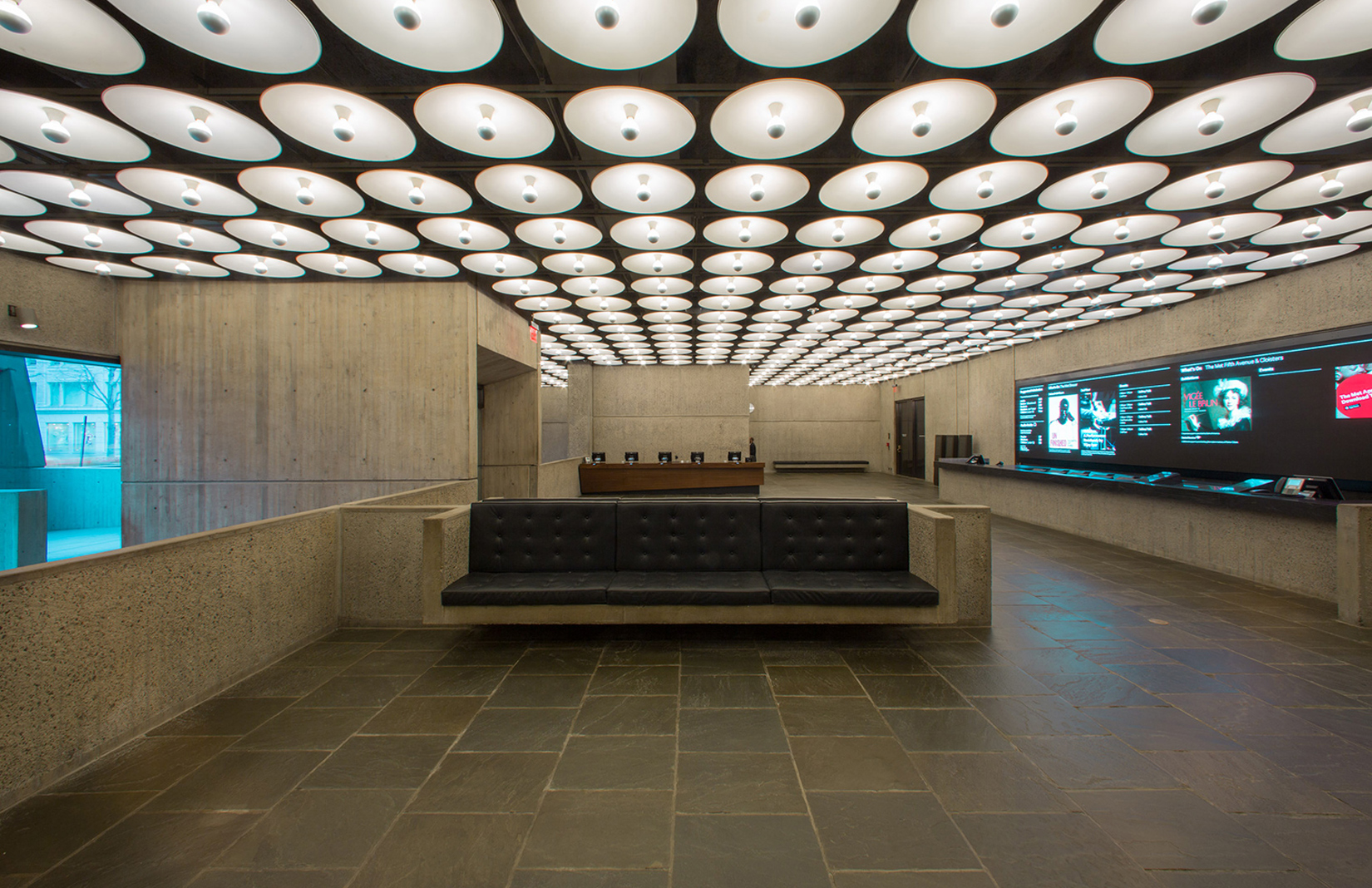When it comes to housing art, Brutalism can be an unexpectedly tender host. Side-stepping the vanilla aesthetics of the white cube and the black box, Brutalism packs its own emotional baggage: blocky, soaring concrete sets the tone for an edgy and intense art experience.
Brutalist design – either loved or loathed for its powerful physique – meets its match in the form of equally punchy art of modern and contemporary persuasion.
The result is a marriage of opposites that transforms Brutalist structures into places that are ‘revelatory and unusual; finished and unfinished; breathing, imaginative, and full of potential’, as Angus Farquhar, the visionary turning St Peter’s Seminary into an arts space, puts it.
We’ve rounded up some of the most striking examples of this unlikely partnership from around the world, including the old, the (re)new(ed), and Brutalists-to-be.
1. Bold Tendencies in London, UK
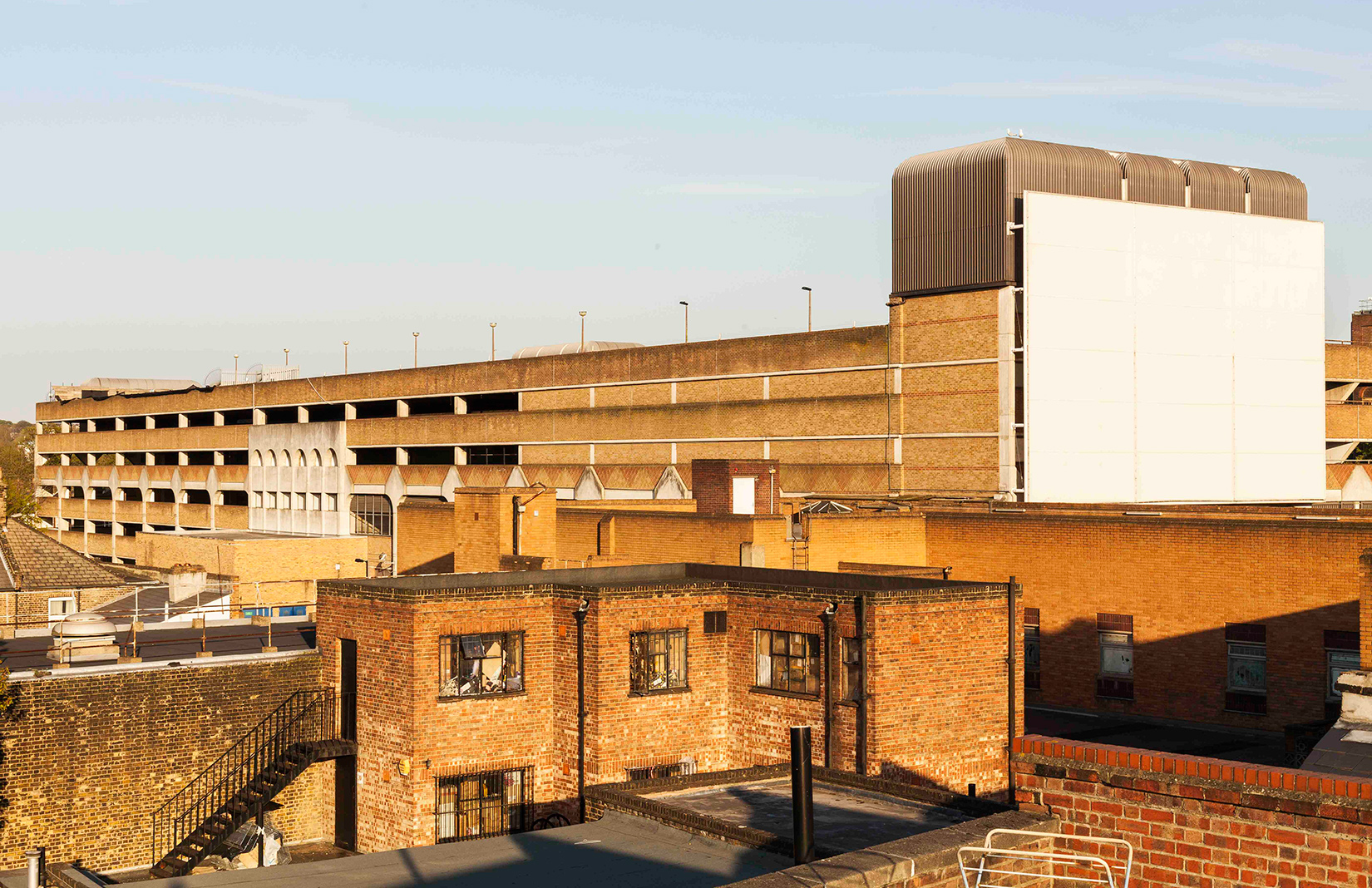
Rising star curator and gallery owner Hannah Barry introduced Bold Tendencies to Peckham’s budding creative scene back in 2007. Spanning a disused concrete multi-storey car park built in the 1980s, it operates an acclaimed summer season programme of commissioned visual art, music, theatre, and architecture.
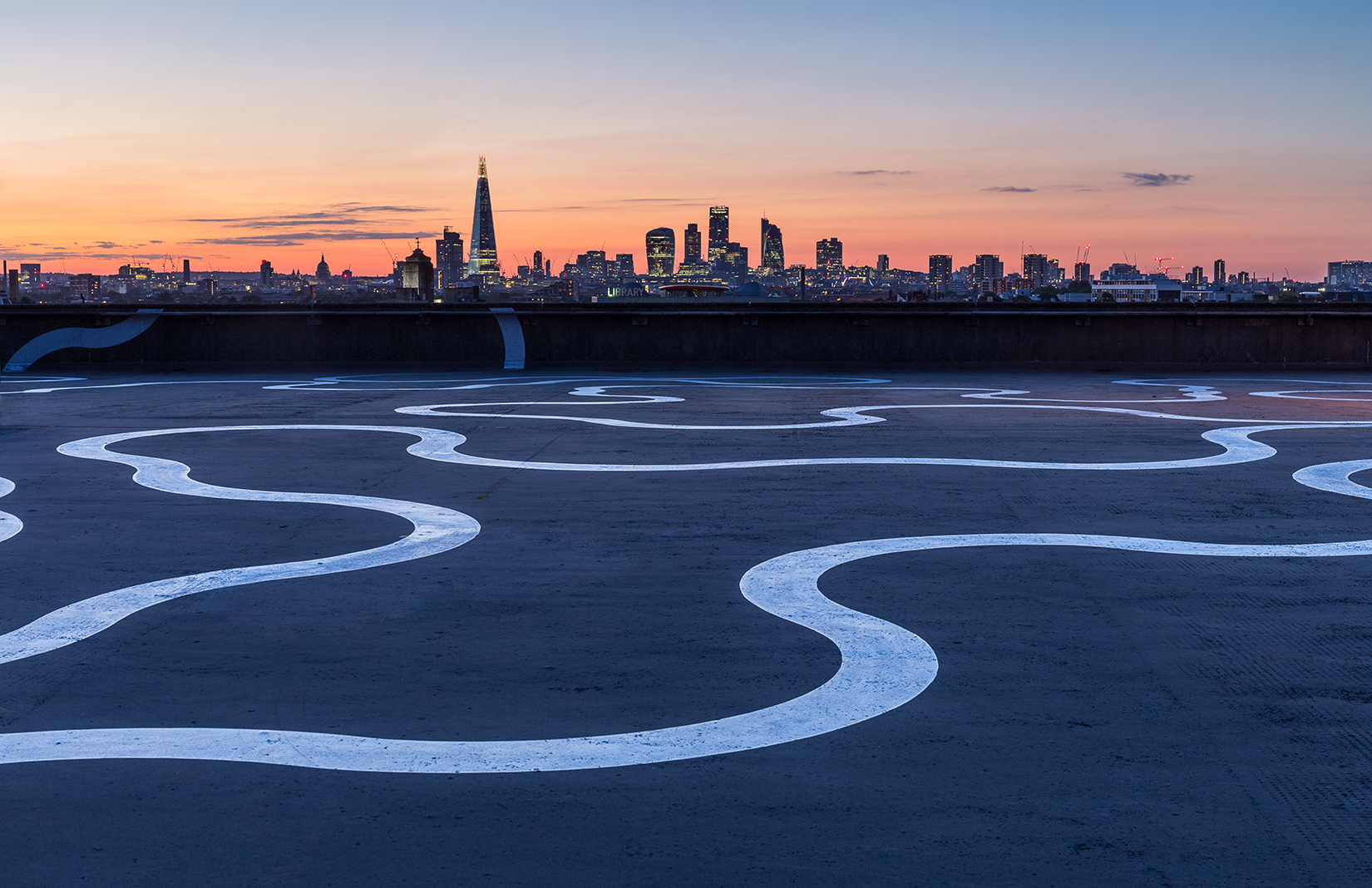
The structure also pushes participating artists through its unusual proportions: ‘The concrete covered and open spaces at Bold Tendencies [are] long, wide and at times low dimensions… [It] offers a unique challenge to artists, architects and performers,’ says Barry.
Currently on display is Bristow by Adel Abdessemed; Agora by influential British artist Richard Wentworth, and STOCK’N’FLOW by Benedikte Bjerre. Each commission is conceived around and activates a unique area of the Brutalist building, giving a new lease of life to one of London’s most unusual creative spaces.
2. Boros Bunker in Berlin, Germany
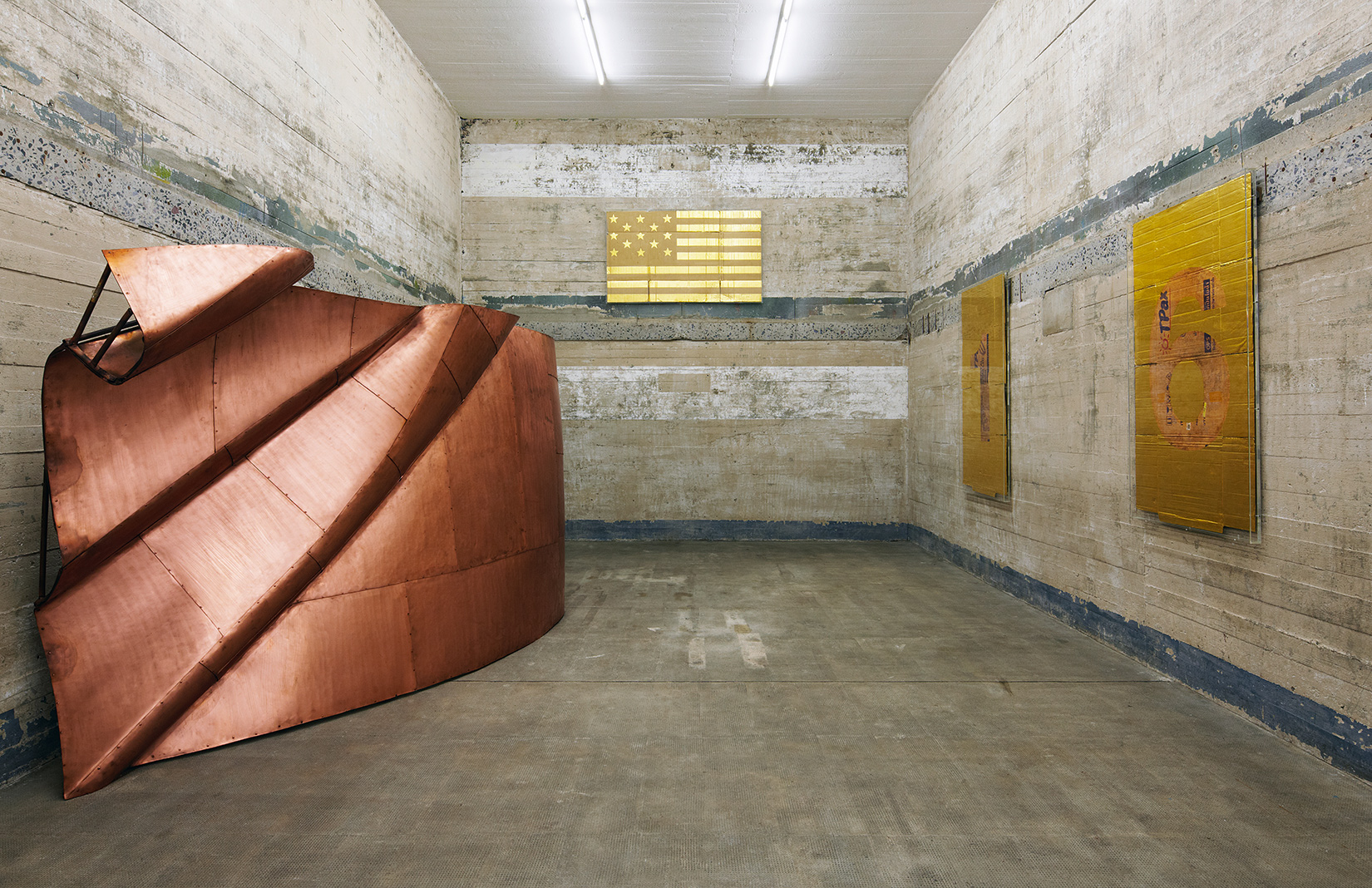
Formally a 1940s air raid bunker, fruit warehouse, and nightclub, the Boros Bunker was introduced to the art world in 2008 by collector power-couple Christian and Karen Boros.
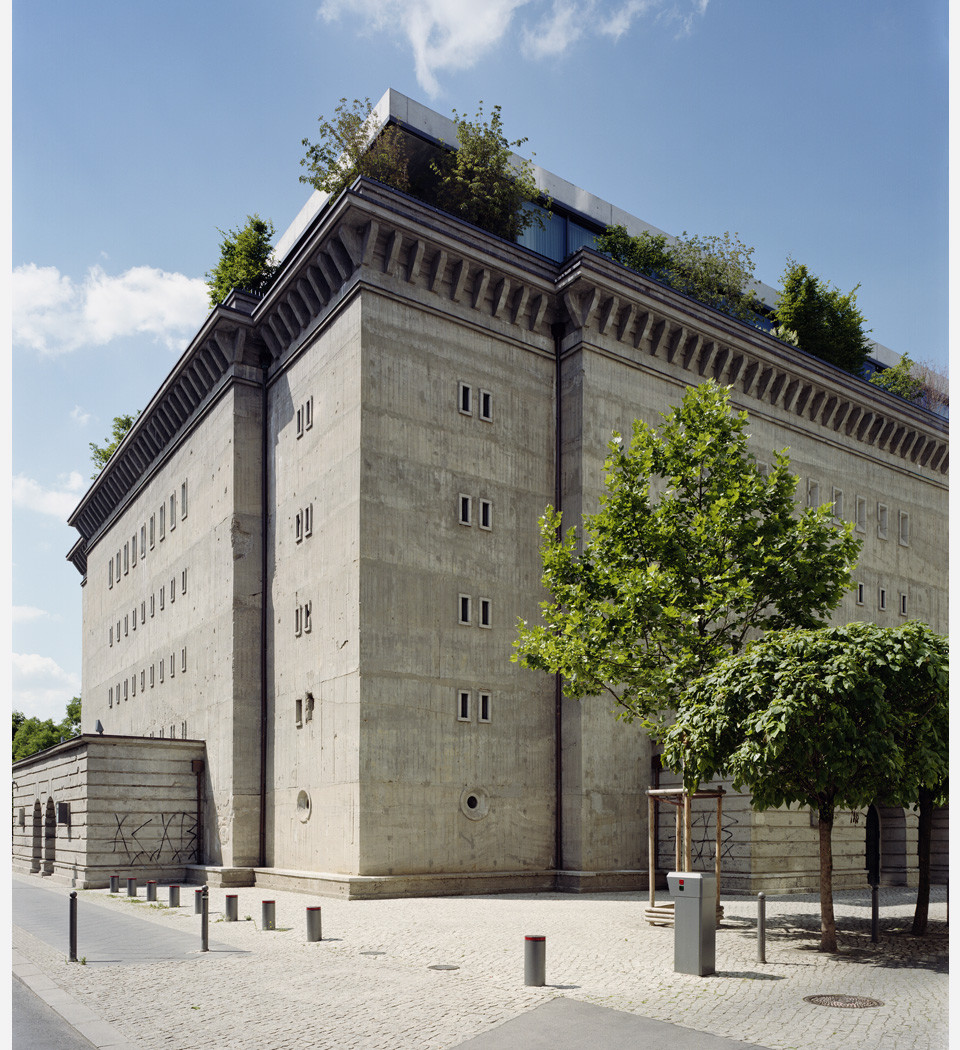
Its current display includes site-specific works by Klara Lidén, Thomas Ruff, Wolfgang Tillmans, Danh Vō, and Ai Weiwei. Berlin-based studio Realarchitektur completed its conversion, including the addition of a private penthouse apartment for the couple directly above the six-room gallery space.
3. The Met Breuer in New York, USA
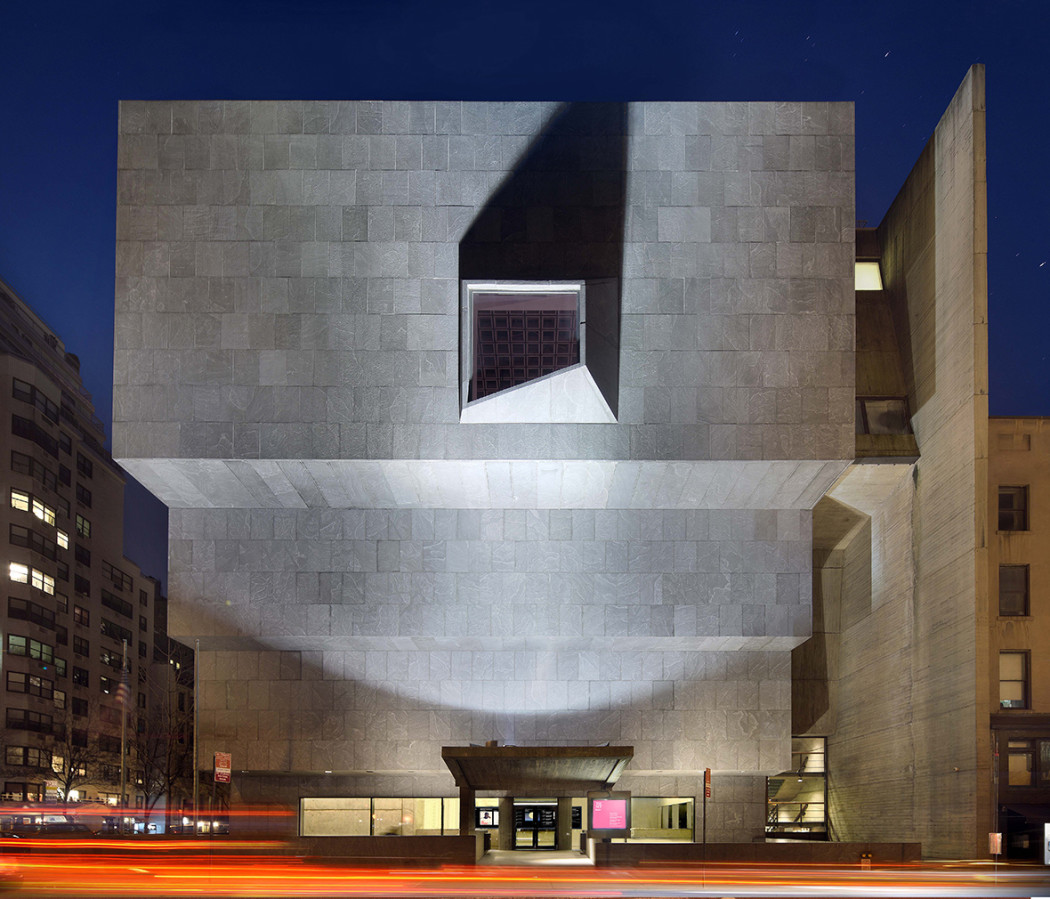
Earlier in the year, Marcel Breuer’s much-beloved Whitney Building in Manhattan switched from one institution to another – and reopened as the Met Breuer. Now hosting the Metropolitan Museum of Art’s contemporary collection, the 1966 building breathes easier, cleared of the extraneous features from its former life.
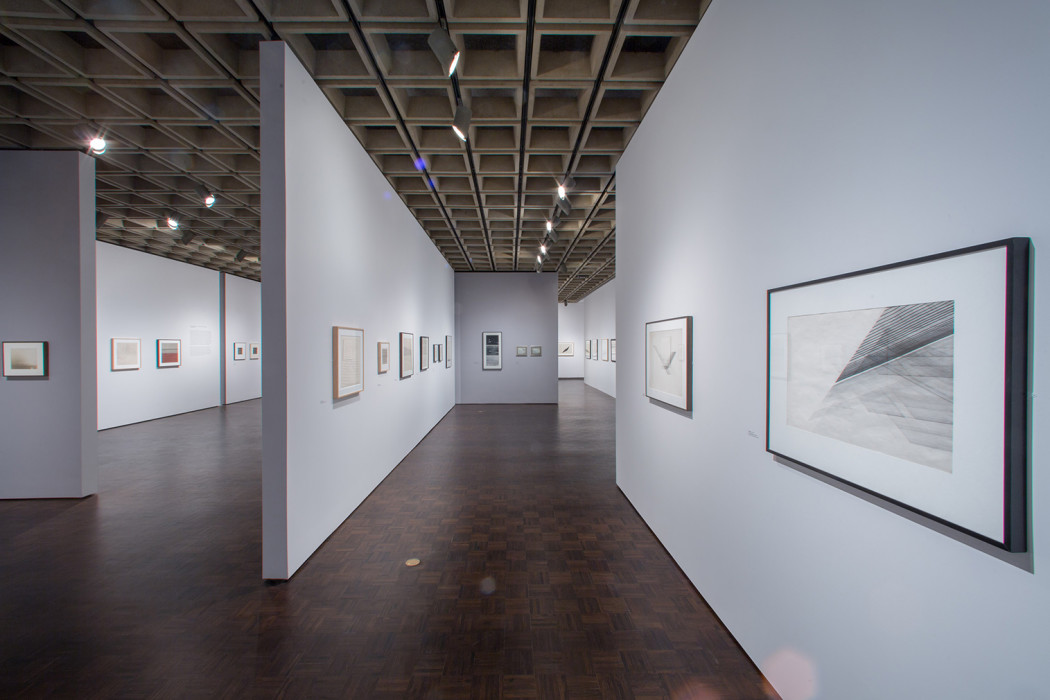
Similar to St Peter’s Seminary (below), the Met Breuer is a powerful example of contemporary art influencing Brutalist architecture.
4. Hayward Gallery at the Southbank in London, UK
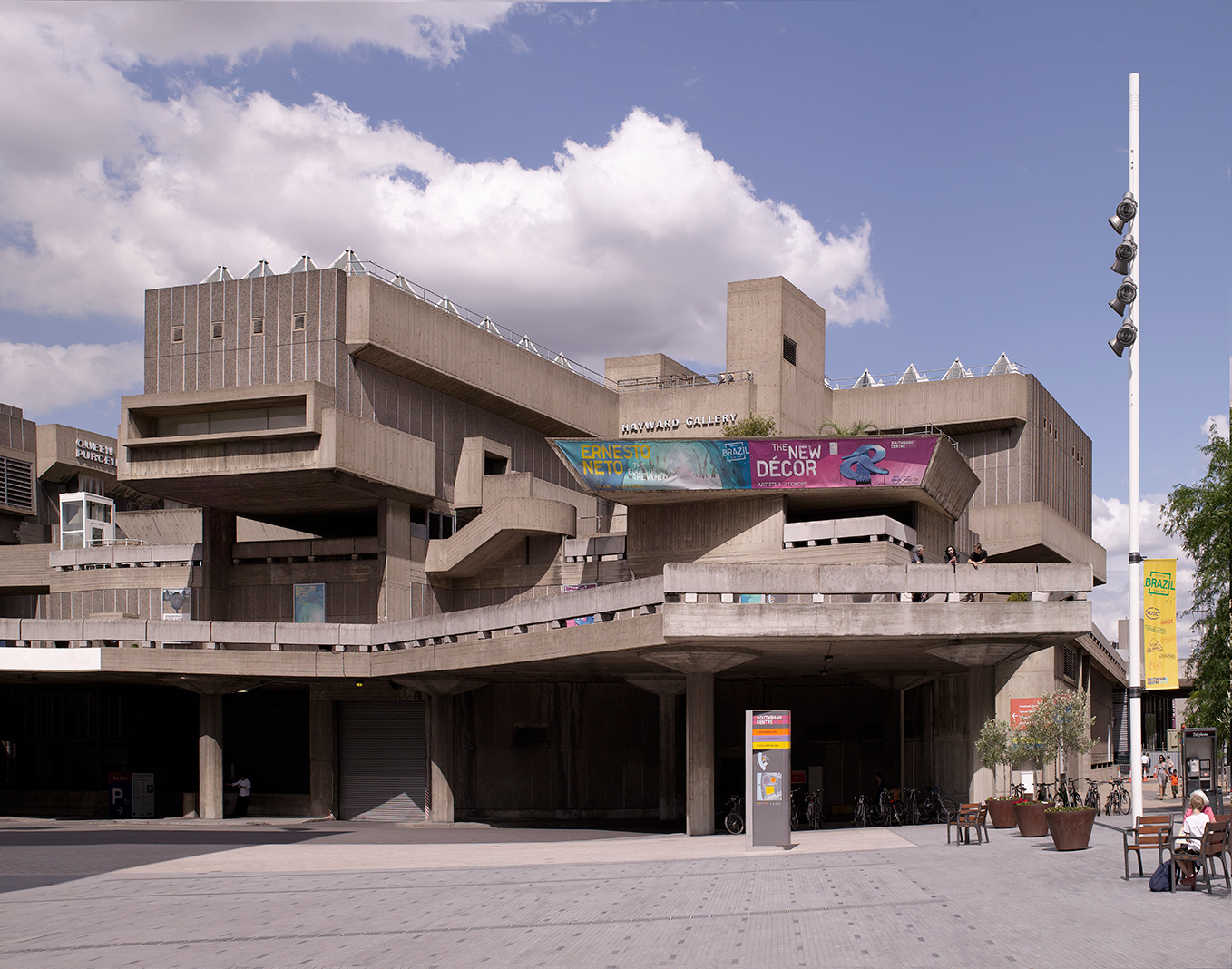
The heart of the Southbank Centre arts complex, the Hayward Gallery is a pioneering force of contemporary art worldwide. As well as the interior exhibition space, its expansive architecture showcases unique installations: most recently Carsten Höller’s giant slide.
Built in 1968, the Hayward Gallery is currently closed for refurbishment until 2017. The Infinite Mix, an off-site video exhibition opening in September, will take place in another Brutalist building across the river, 180 The Strand, which is set to become a permanent culture hub.
5. Shri Ram Centre for Art and Culture in New Delhi, India
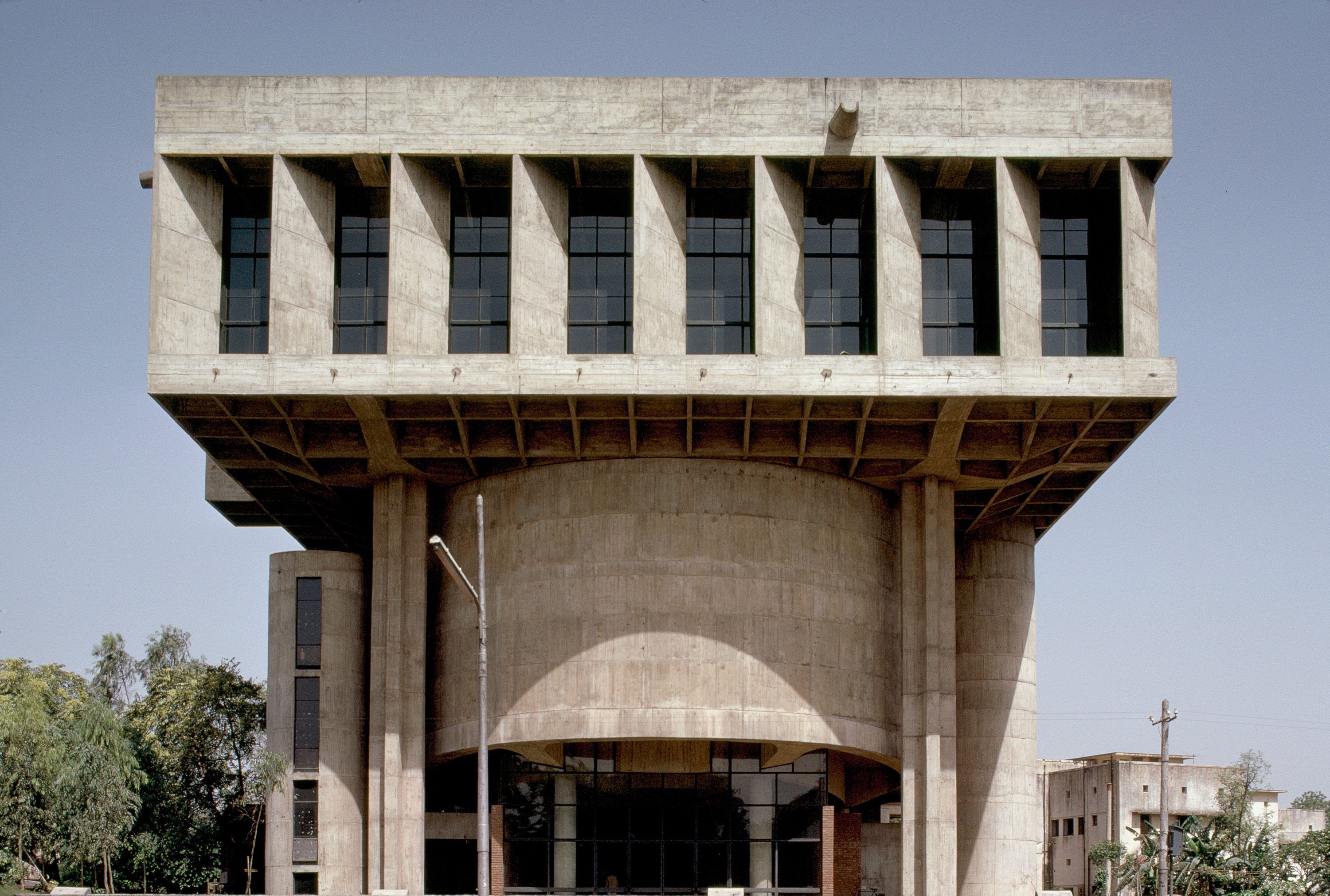
The Shri Ram Centre for Performing Arts first emerged as an independent cultural society in the 1950, established by the Bharat Ram family. Built by the UK-trained architect Shiv Nath Prasad in 1969, the complex is dedicated to showcasing Hindi theatre. It features a cantilevered upper level that allows for close interaction between audience and stage.
6. Queensland Cultural Centre in Brisbane, Australia
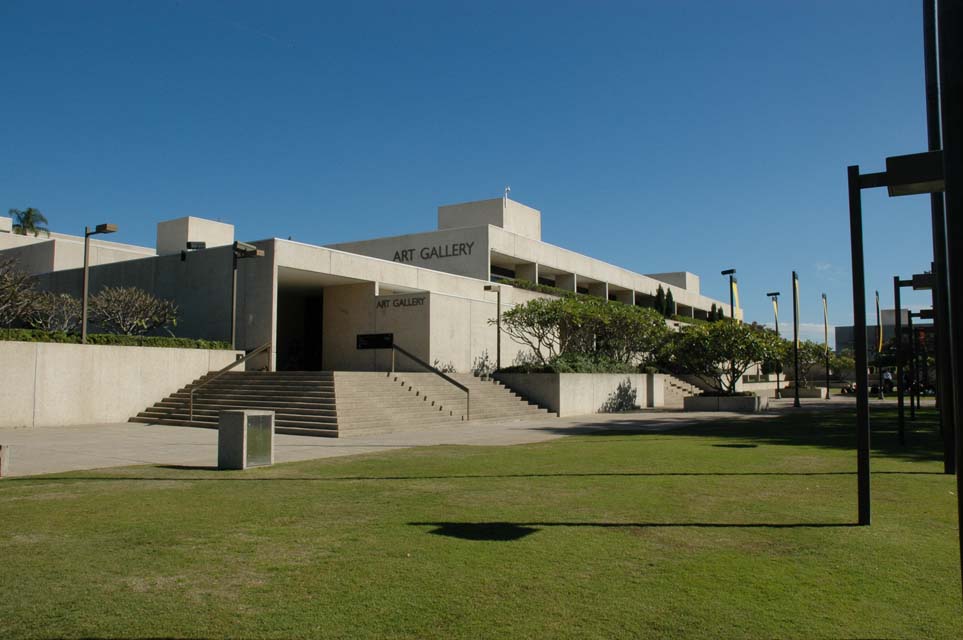
Comprising four buildings designed by Robin Gibson in 1982, the Queensland Cultural Centre is Brisbane’s Brutalist masterpiece and the city’s cultural heartbeat. The complex sits beside the river, and is seen as the architect’s most notable work. Today, the complex includes theatres, gallery space, restaurants, public gardens and pedestrian walkways, and the original 1980s buildings were granted listed status last year. The exhibition spaces of the Queensland Art Gallery are filled with Australian and international art.
7. St Peter’s Seminary in Cardross, Scotland
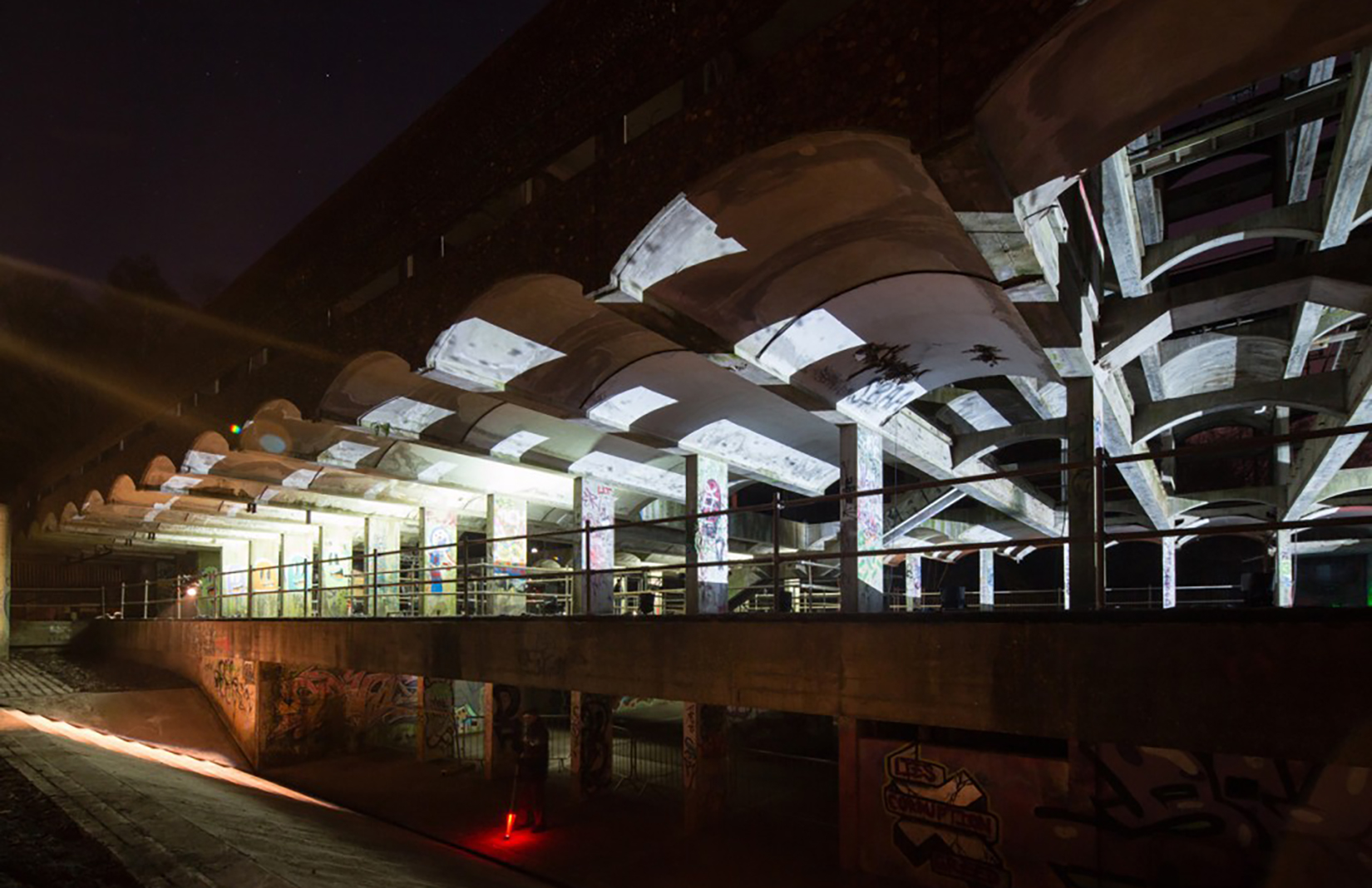
After 25 years of disuse, this Brutalist seminary completed by Gillespie, Kidd & Coia will be transformed into a 600-seat performance space, exhibition venue and teaching centre. Spearheaded by the Scottish cultural charity NVA, new plans for the 1966 building incorporate its current state of decay, no doubt adding drama and intrigue to future performances.
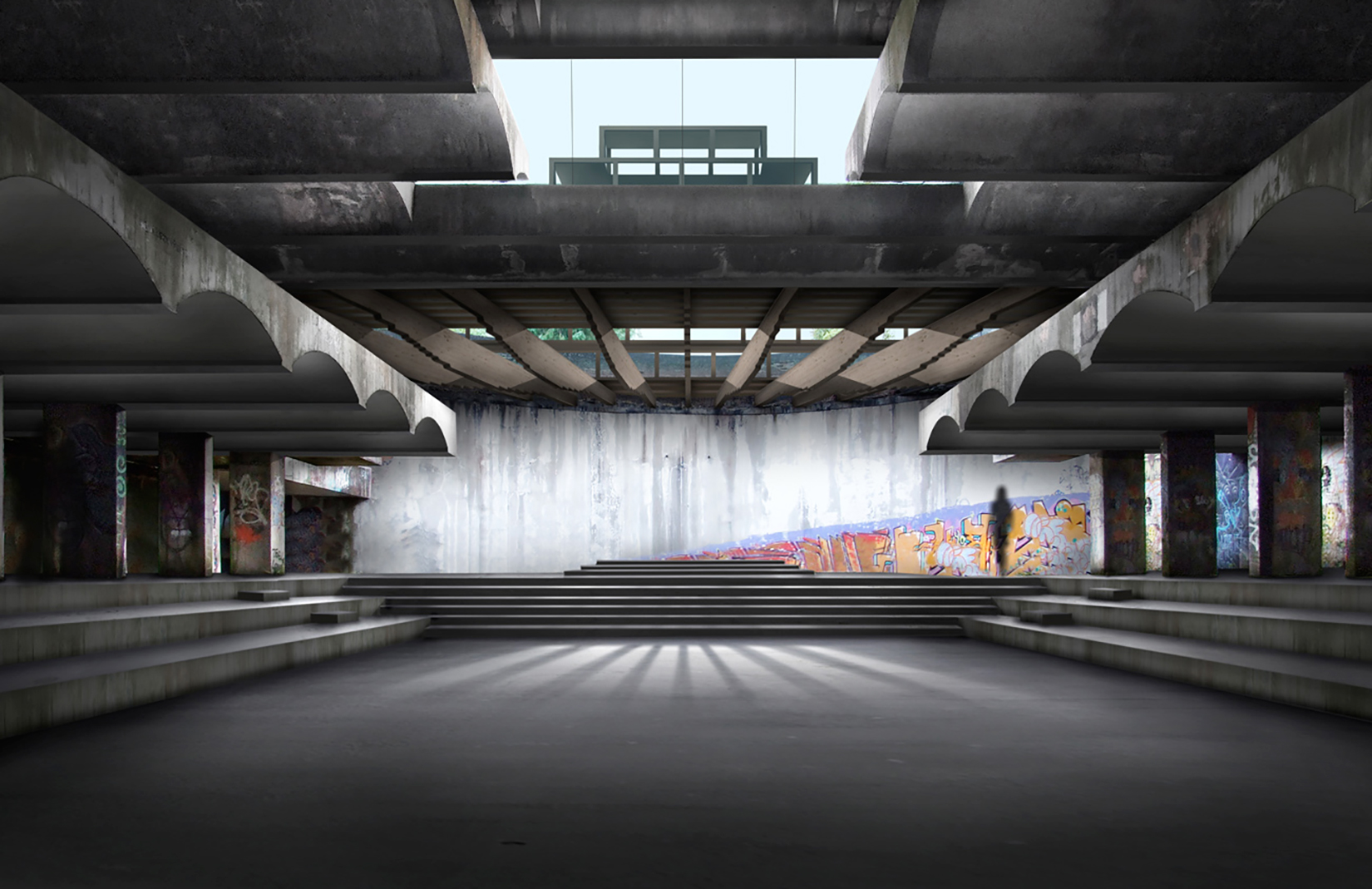
The building will formally re-open in 2019, a half-century after its initial opening.
NVA’s Angus Farquhar says: ‘We want this building to open the imagination, and we will do this by keeping the original structure alive. We will show work that depends on Brutalism at its core, that never treats the architecture as its background, but as an active part of the performance.’
